In summary
Consolidate, align and migrate the network to the new WAN to improve service delivery and performance for users.
Improved security, reliability and performance for delivering services, with enhanced capabilities to support remote access, multimedia applications, data exchange, voice and video services, and a shared wireless solution.
Improved response times, less risk of disruptions to clinical services and improved services to remote sites, as well as telecommunications carriage cost savings of up to 50% due to consolidated procurement.
In detail
The network was severely limited. It was made up of multiple, disparate local networks with inconsistent standards, had no economies of scale and users regularly experienced poor performance.
As a result, core and common applications were unable to traverse the organisation’s network end to end, it had no ability to share large data stores, and the user experience was inconsistent across the state.
The organisation established a program to implement consolidated network services at the core, align them for each major hub location, and migrate them to the organisation’s new wide area network (WAN).
By consolidating the procurement of telecommunications carriage services, Frame assisted the organisation to obtain heavily discounted prices as well as receive volume discounts. The cost of telecommunications carriage is forecast to be cut by up to 50%.
In terms of capability, the aligned WAN services:
- improved response times — up to 2,500 times faster in some locations
- increased redundancy by providing dual links or chassis redundancy to sites that required it, meaning the organisation has minimised the risk of disruptions to the provision of clinical services
- boosted resiliency so that remote sites are able to use services such as video-conferencing without interruptions or degradation to other services.
In the past, core applications built their own networks. Because the clinical and corporate centres are fully aligned to the WAN, state-wide applications can be deployed more efficiently and effectively. This represents significant cost savings (both capital and operational) and removes potential obstacles to introducing new systems in the future.
The initial phases of the WAN service alignment works have also:
- developed comprehensive lists to classify sites and develop standards for equipment, telecommunications carriage, routing specifications and other technical requirements of service delivery
- given all key stakeholders greater visibility of the program by delivering an end-goal design
- captured critical information for the next phases of the program
- established a Technical Working Group, which fostered buy-in from all members
- interviewed and held workshops with stakeholders across the state
- reviewed and analysed related networks, applications, operations, policies and procedures
- audited networks and applications, and analysed traffic flows
- looked at the roadmaps for other change initiatives to see whether they would have an impact on the program and vice versa.
Frame was responsible for project management, as well all design and implementation works. We implemented the network core within the data centres and the access layer components at each hub site, migrated these to the WAN, performed system and integration testing, trained staff and handed over to them the administrative and operational control of the network.
The comprehensive suite of documentation included:
- current-state analysis
- end-goal state high-level design, covering the vision for connecting all sites to the WAN
- detailed design, bill of materials, and security and management details
- implementation, migration and test plans
- as-built documentation.
Frame is also manning the project warranty team, responsible for incident and event management of all sites deemed production-ready. With Frame taking on this role, the organisation has time to develop a transition plan and train staff before they take up posts in the state-wide network services team.








